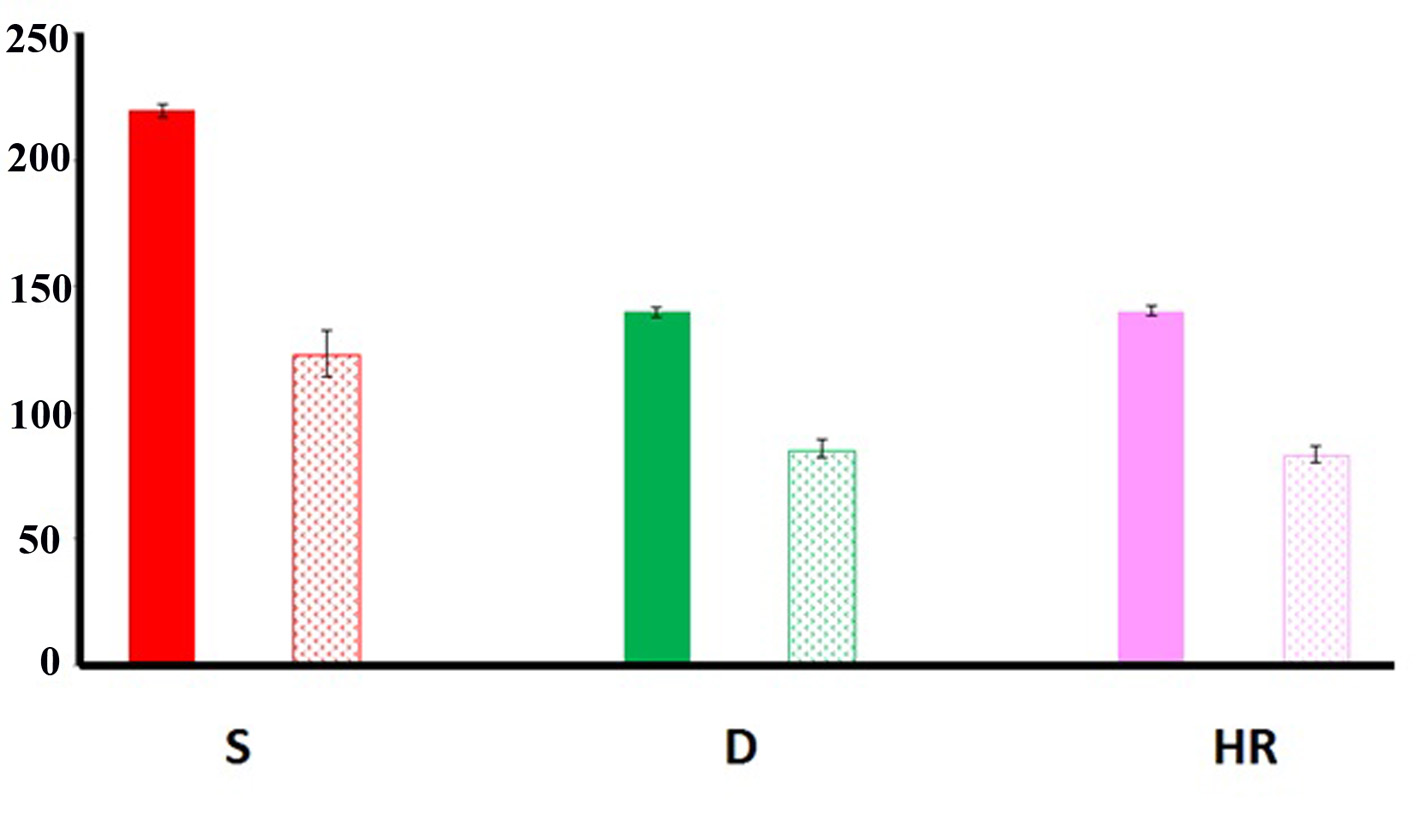
Figure 1. Arterial-phase enhanced computed tomography. Axial view (left), coronal view (right). Images show a homogenous solid mass with a diameter of about 4 cm, in left hemiabdomen (white arrow). The mass has a well-demarcated margin, and homogeneously low density. Calcification, necrosis or cystic degeneration was not observed. The mass located within the left adrenal gland is also compromising left kidney. The atrophy and loss of cortico-medullary relationship of the left kidney was noteworthy. Asymmetrical renal volume was evident; however, renal obstruction was not.


